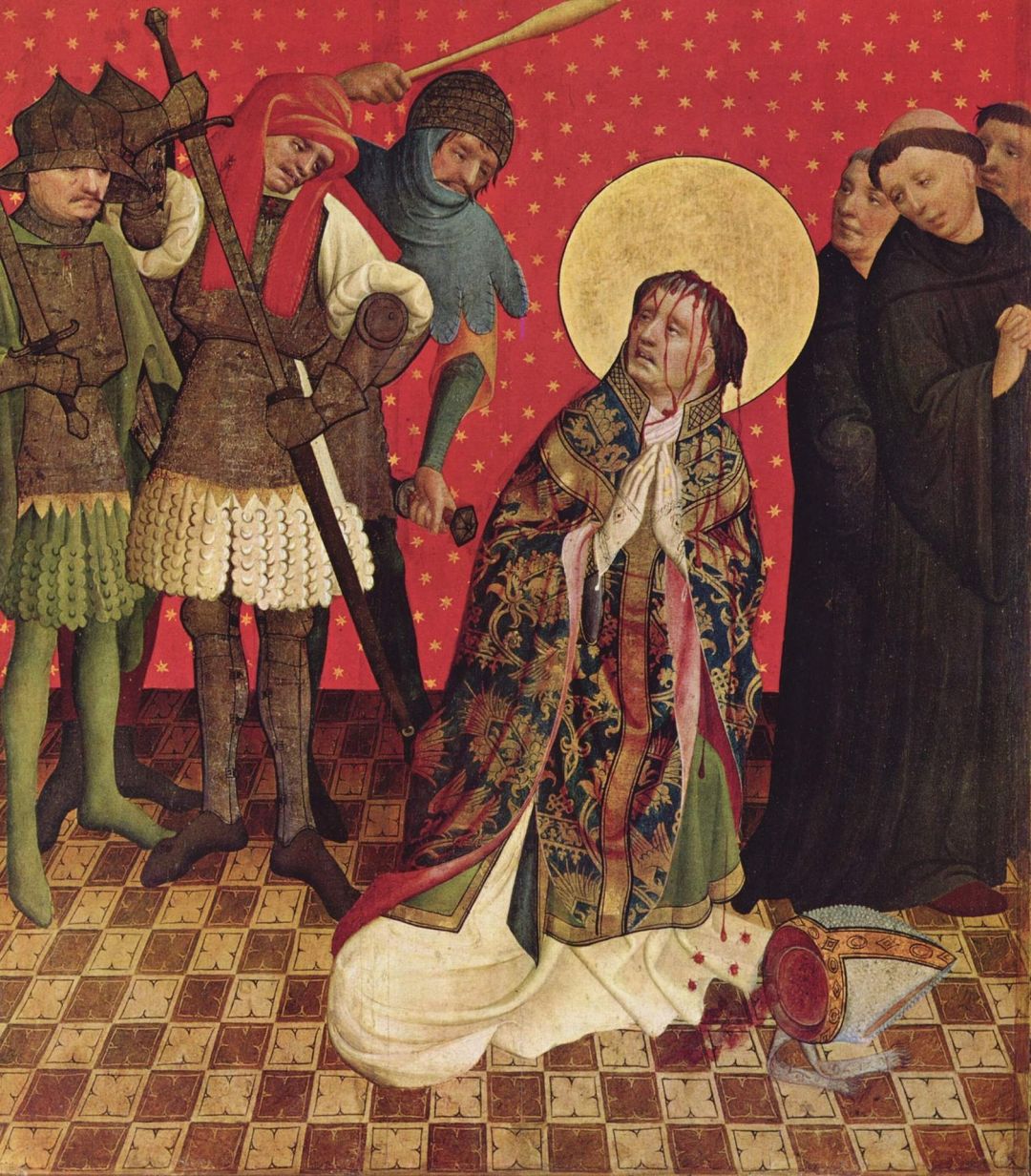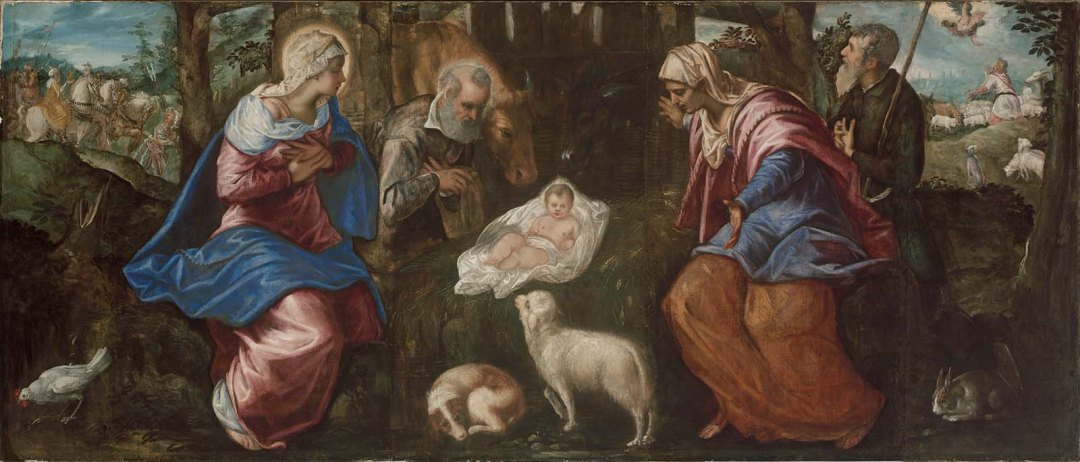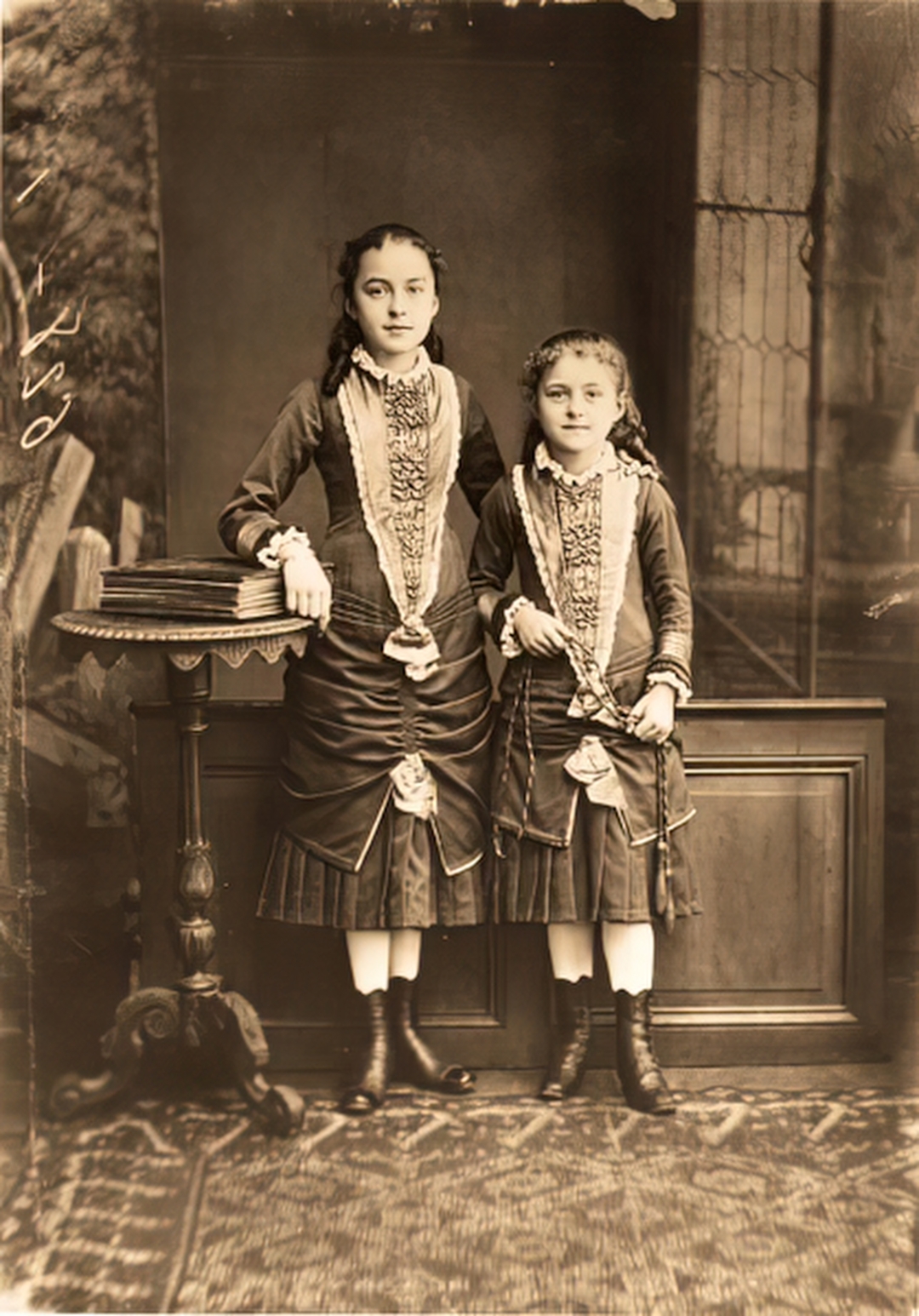Merry 7th day of Christmas!
Yes, it’s still Christmas. It may not look it out in the world. You wouldn’t know it from the retail stores. They were glittering with red, green, and gold, and were filled with insistent “holiday” themed music from Halloween until exactly a week ago. When those same stores opened their doors for business on December 26th, it was all gone. The only sign of the pre-Christmas frenzy now is the clearance section with “holiday” merchandise marked down to 50%. In our post-Christian culture the commercial Christmas season and its advertising sets the tone for the culture as a whole, and so for most people Christmas, sadly, is now over.

But not for those of us who are followers of the Babe Lying in the Manger. Christmas is a season that began just a week ago and extends until . . . well, just how long does it last? Most people, even in the secular world, are familiar with the song “The Twelve Days of Christmas.” A few years back when I was new to bloggery, I ran across a pamphlet in out parish Church with ideas about how to keep The Twelve Days of Christmas. I decided that good way for me to do that would be to write a new blog post for each of the twelve days, along with a Christmas music clip. It would help me stay focused on the celebration of the Nativity, and I hoped, be a help to my readers as well. I have continued to do so for the past eight years, even during a few years when I was doing little other bloggery. I would rerun old Christmas posts (always with some revision, either minor or extensive), as well as writing at least one brand new piece (such as this year’s discussion of St. Anastasia).
What with all this talk about The Twelve Days of Christmas, one might get the impression that Christmas ends after only twelve days, on the Feast of Epiphany (traditional date January 6th, the thirteenth day after Christmas Day itself, although this year the official observance is on January 2nd). In fact, the Church’s official Christmas Season extends until the Baptism of The Lord, which is the Sunday after Epiphany, and in some places (Eastern Europe, for instance), the informal celebration continues until the Feast of the Presentation on February 2nd. During his pontificate, Pope St. John Paul II celebrated Christmas until the Presentation, and Pope Benedict XVI did the same. I couldn’t say whether Pope Francis has followed suit, but we do so in our home, in keeping with my Lovely Bride’s Polish heritage . . . or, at least, that’s our excuse.

The entire Christmas Season, then, is like a series of ripples of decreasing intensity emanating from the Feast of the Nativity itself on December 25th. Christmas Day is the first day in the Octave of Christmas, a period of eight days, all solemnities (a solemnity is a liturgical feast of the highest rank), culminating in The Solemnity of Mary Mother of God on January 1st; January 2-5 fill out the rest of the Twelve Days, but are not official feast days ; the days between Epiphany (traditionally January 6th, now officially the 2nd Sunday after the Nativity) and the Baptism of Our Lord on the following Sunday are included in the Christmas Season, but are observed in a much more low-key way. Those of us who just aren’t ready to let go of Christmas can privately follow the Eastern European tradition and continue until February 2nd, but the Liturgical Calendar has already moved on.
There are some people who don’t see the point of all this complexity: why not just celebrate Christmas and be done with it? But the Liturgical Calendar is not just about commemorating past events: it’s about experiencing the events of Salvation History in our own lives. Big events require a period of preparation, such as Advent (and any of us who have lived in a household expecting a baby know how busy the preparations become in those last few weeks); likewise, the excitement and celebration gradually recede after the event, as life slowly returns to a routine. We can’t just switch it on and off in a day or two.
Today, the seventh day of the Octave of Christmas, we’re still in celebration mode: the Christmas candles are burning, the tree is still blazing with lights, and the joyful sounds of Christmas Carols still fill the air. So, Merry Christmas! There’s still plenty of Christmas left.
Featured image top of page: The Nativity with the Prophets Isaiah and Ezekiel, by Duccio di Buoninsegna, 1308-1311
Music for Christmas
Today’s Christmas song is “The Wexford Carol,” featuring an all-star cast headed by Alison Kraus and the cellist Yo-Yo Ma, along with Natalie MacMaster, Shane Shanahan, and Christina Pato. I have posted the notes from the video and the lyrics below.
The Wexford Carol (Carúl Loch Garman, Carúl Inis Córthaidh) is a traditional religious Irish Christmas carol originating from County Wexford, and specifically, Enniscorthy (whence its other name), and dating to the 12th century.
Good people all, this Christmas-time,
Consider well and bear in mind
What our good God for us has done,
In sending His beloved Son.
With Mary holy we should pray
To God with love this Christmas Day:
In Bethlehem upon that morn
There was a blessed Messiah born.
Near Bethlehem did shepherds keep
Their flocks of lambs and feeding sheep;
To whom God’s angels did appear,
Which put the shepherds in great fear.
“Prepare and go,” the angels said,
“To Bethlehem, be not afraid;
For there you’ll find this happy morn
A princely Babe, sweet Jesus born.”
With thankful heart and joyful mind,
The shepherds went this Babe to find,
And as God’s angel had foretold,
They did our Saviour Christ behold.
Within a manger He was laid,
And by his side the Virgin Maid,
Attending on the Lord of life,
Who came on earth to end all strife.
Good people all, this Christmas-time,
Consider well and bear in mind
What our good God for us has done,
In sending His beloved Son.
With Mary holy we should pray
To God with love this Christmas Day:
In Bethlehem upon that morn
There was a blessed Messiah born.




























